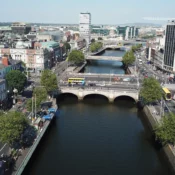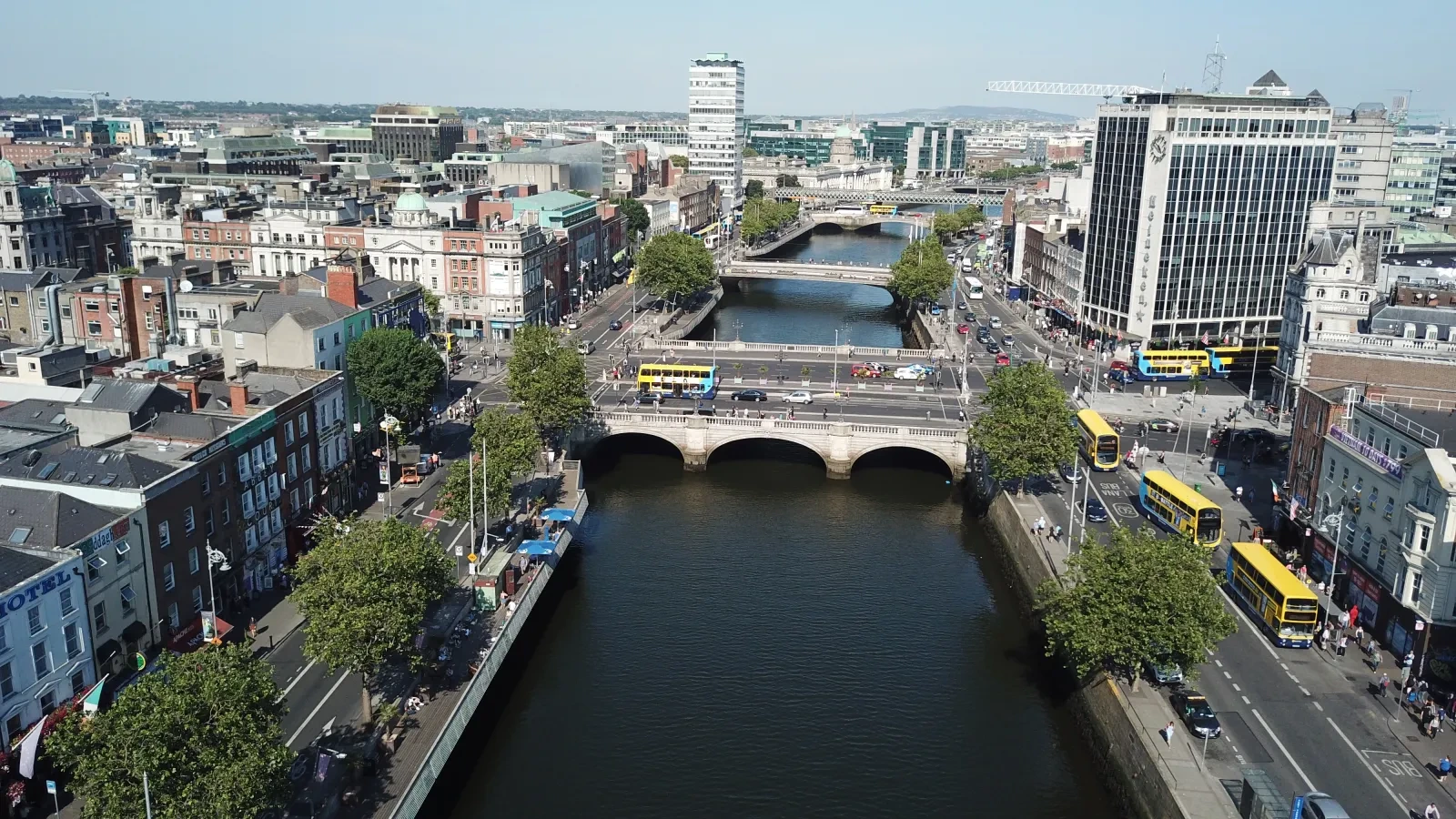
Top 10 Places to Visit in Dublin (2025)
Wandering through Dublin’s cobblestone streets feels like stepping into a storybook where history and modern life dance together. The Irish capital welcomes you with open arms and a chilled pint, inviting you to discover its many treasures.
From ancient castles whispering tales of the past to lively pubs where music flows as freely as conversation, Dublin offers something magical around every corner.
The city pulses with energy yet maintains pockets of peaceful charm, where locals share smiles with visitors from across the globe.
Whether you’re drawn to grand historic sites, hidden local gems, or the vibrant festival scene that lights up the city year-round, Dublin never disappoints.
Here are the top 10 best places to visit in Dublin if you are planning a visit to the breathtaking Irish capital.
10 Best Places to Visit in Dublin
1. St. Patrick’s Cathedral

St. Patrick’s Cathedral stands as Dublin’s most magnificent religious building and holds deep meaning for Irish people everywhere.
This impressive cathedral was founded in 1191, but its spiritual roots go back much further to 450 AD when Saint Patrick himself baptized new Christians at this very location.
The building showcases beautiful Gothic architecture, though much of what visitors see today comes from Victorian-era restoration work.
The cathedral’s history tells a story of both glory and hardship. By the 17th century, the building had fallen into serious disrepair and needed major restoration.
Benjamin Lee Guinness funded a massive restoration project from 1860 to 1865, bringing the cathedral back to its former beauty.
Today, you’ll admire stunning stained glass windows throughout the building, including Ireland’s largest cathedral window at the west end. This remarkable window tells 39 different episodes from religious history through colorful glass art.
Also, you can choose between self-guided tours or join guided tours at no extra cost. Entry for adults costs €10, and those with a Go City Dublin Pass can enter for free. The cathedral offers a peaceful place for reflection while showcasing centuries of Irish religious heritage.
2. Irish Museum of Modern Art
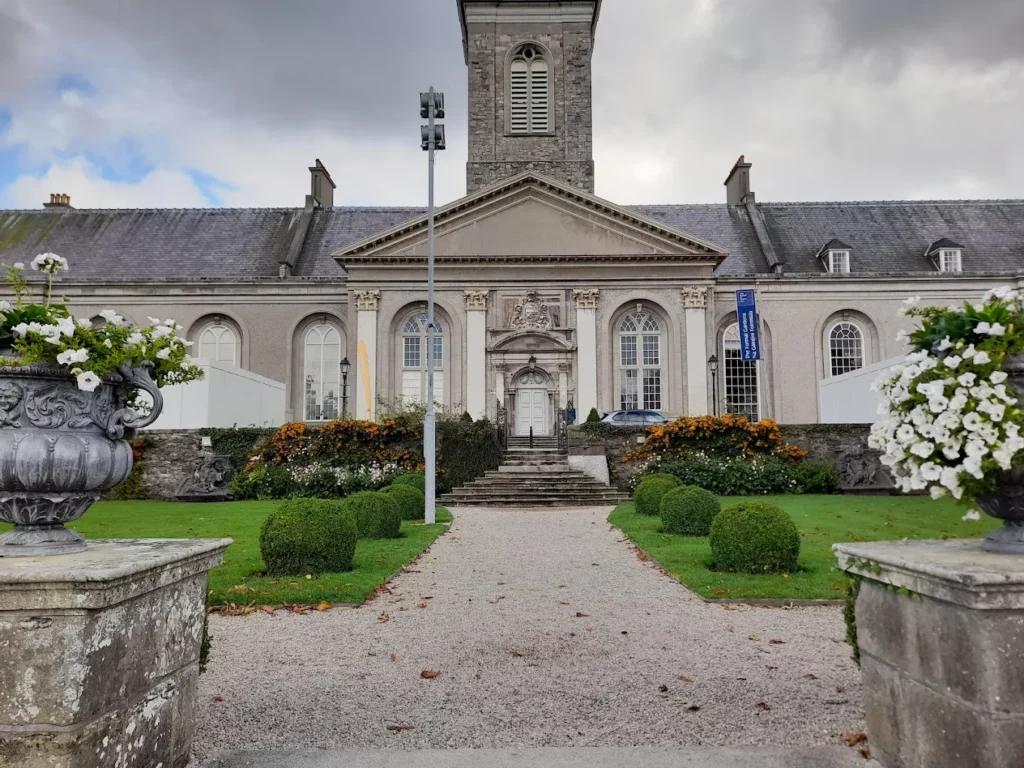
If you are in Dublin, then you have to visit the Irish Museum of Modern Art, also known as IMMA. This museum offers visitors a world-class collection of contemporary artwork in a historic setting.
The museum is located in the beautiful 17th-century Royal Hospital Kilmainham, spreading across 48 acres of carefully maintained grounds.
IMMA houses Ireland’s National Collection of modern and contemporary art, featuring over 3,500 artworks from both Irish and international artists.
Moreover, the museum regularly hosts exhibitions that showcase the most exciting contemporary artists working today. Visitors can spend hours exploring the galleries, discovering new perspectives and artistic styles from around the world.
The museum experience extends beyond the indoor galleries. During summer months, IMMA presents an outdoor program called IMMA Outdoors, which transforms the museum grounds into an artistic playground. This program includes artist commissions, live performances, music events, educational workshops, and guided tours.
The museum also runs IMMA Nights every Thursday and Friday evening from May through September, offering extended hours and special events. Visitors can also enjoy the formal gardens, browse the museum shop, and relax in the on-site café.
3. Dublin Castle
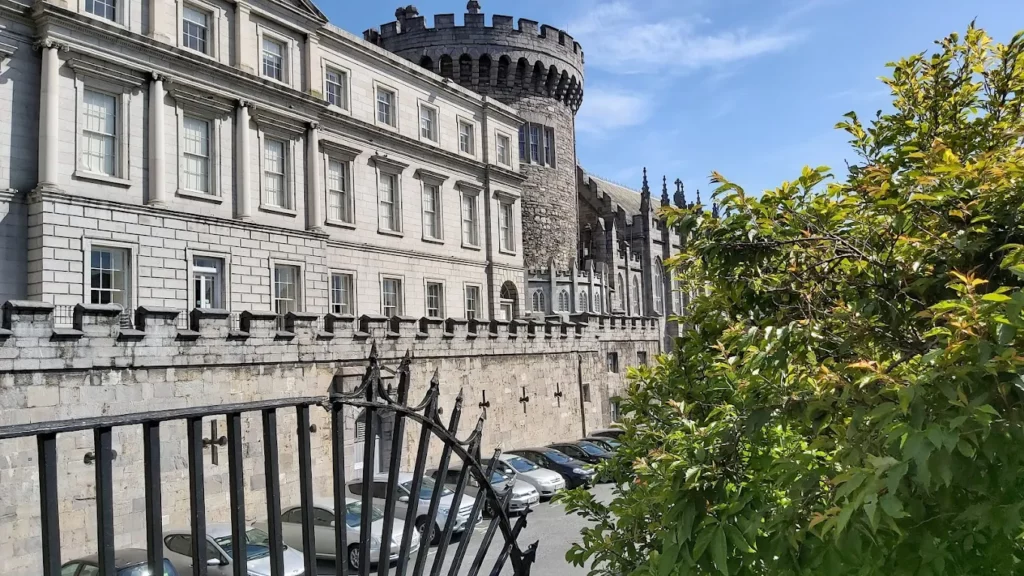
Dublin Castle represents over 1,000 years of Irish history, making it one of the country’s most significant historical sites.
The castle’s story begins in the 9th century as a Viking fortress before becoming an Anglo-Norman fort in the 12th century. The massive complex covers 11 acres and was built on the highest point in the city, providing strategic views to watch for invasions.
Throughout its long history, the castle has served many important functions. It operated as a military stronghold, prison, government office, royal court, and even a water station before 1850.
The castle grounds witnessed some of Ireland’s most important historical moments, including the start of the Easter Rebellion in 1916 and the signing of the treaty that granted Irish independence five years later.
The government still uses parts of the castle for official business, including hosting foreign dignitaries and state dinners.
The preserved State Apartments showcase the luxury of the Viceregal court from 1680 to 1830. The castle also houses the famous Chester Beatty Library, which contains priceless manuscripts and artifacts from around the world.
The castle is located just west of Trinity College and welcomes visitors daily from 9:45 a.m. to 5:45 p.m. Many visitors recommend taking the guided tour for the most comprehensive and informative experience.
4. Kilmainham Gaol
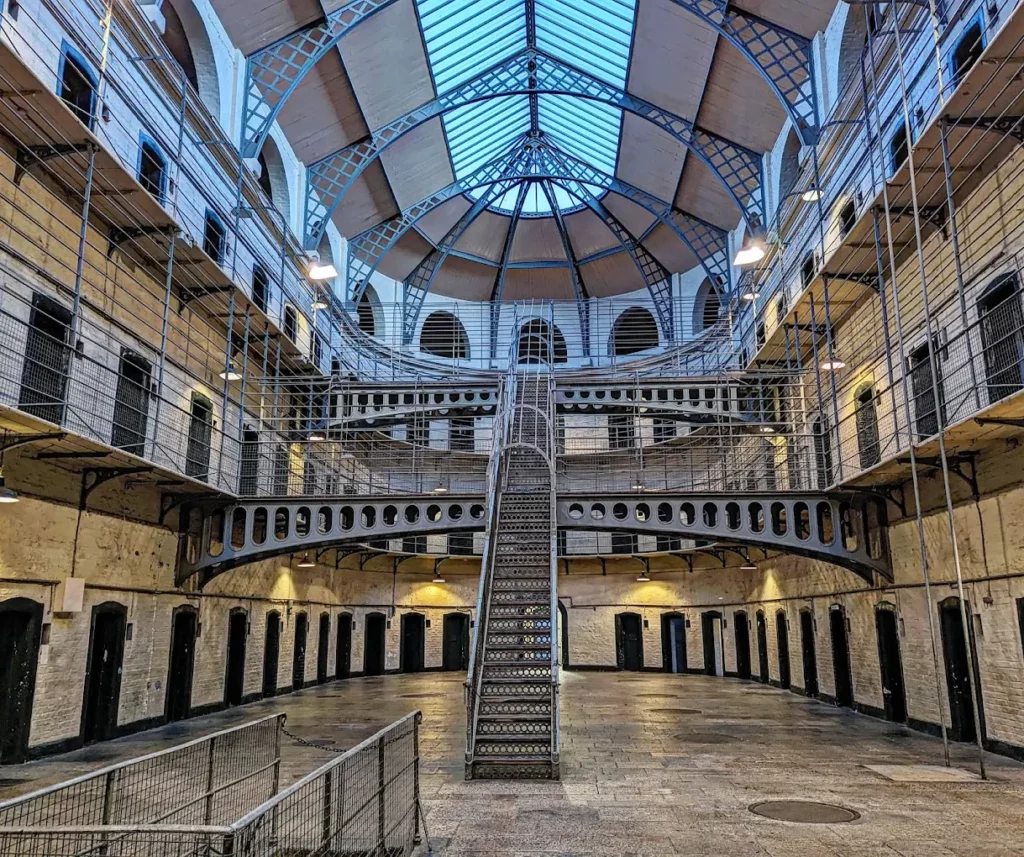
Kilmainham Gaol provides visitors with a powerful and sobering look into Ireland’s struggle for independence.
This former prison operated from 1796 to the 1920s and housed many famous figures who fought for Irish freedom, including Thomas Francis Meagher and James Connolly.
The gaol also served as the location for executions and hangings that marked some of the darkest chapters in Irish history.
The prison’s harsh conditions reflected the difficult times in Irish history. Men and women were not separated until 1861, when authorities built the East Wing specifically for male prisoners.
During the early 19th century, approximately 4,000 prisoners were transported from Kilmainham to Australia, which served as a penal colony at that time.
The prison became known for the cruel treatment of its inmates and the terrible living conditions they endured.
After closing in 1924, the abandoned prison was transformed into a museum in 1966, with ongoing renovations and updates to preserve this important historical site.
Today, guided tours help visitors understand the personal stories of the people who were imprisoned here and the broader context of Ireland’s fight for independence.
The museum strongly recommends booking tours online in advance to guarantee your spot, as this popular attraction often sells out.
5. Ha’penny Bridge
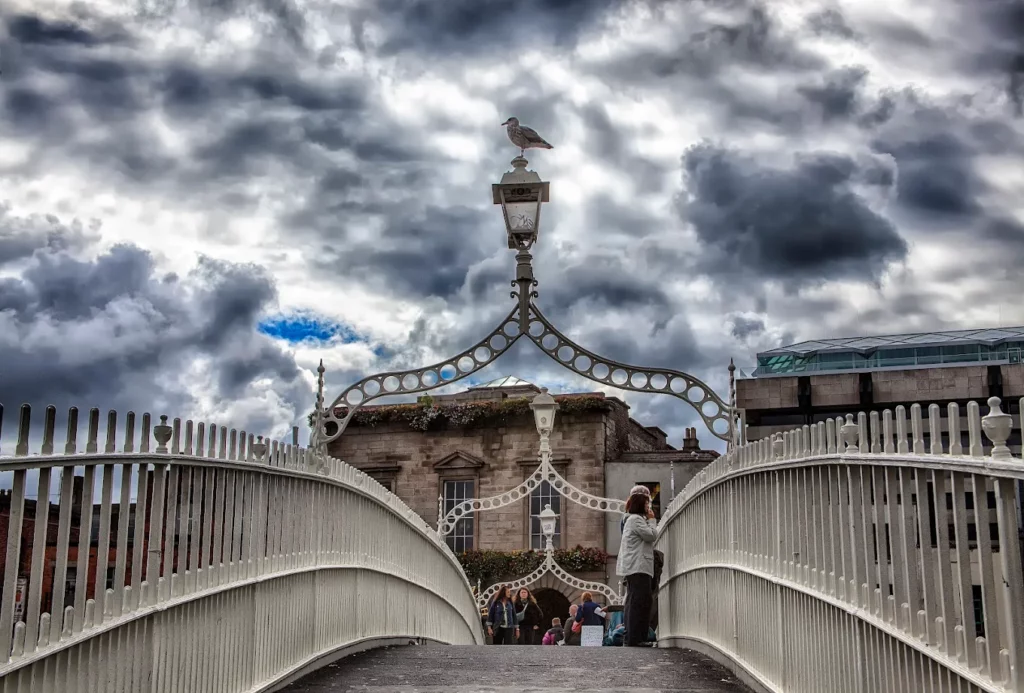
Ha’penny Bridge creates one of Dublin’s most recognizable and photographed landmarks. This charming pedestrian bridge crosses the River Liffey and connects the popular Temple Bar area with the north side of the city.
Built in 1816, the bridge has attracted visitors from around the world for over 200 years, becoming especially magical at night when colorful lights illuminate its elegant cast-iron structure.
The bridge gets its name from the halfpenny toll that pedestrians once paid to cross the river. Today, crossing is free, and the bridge serves as both a practical route between different parts of the city and a romantic spot for visitors.
Many couples attach love locks to the bridge as a symbol of their commitment, creating a tradition that adds to the bridge’s romantic appeal.
The area around Ha’penny Bridge offers plenty of entertainment and dining options. Traditional Irish pubs located nearby feature live jazz music and serve authentic Irish food and drinks.
The bridge also provides an excellent vantage point for photographs, with the River Liffey flowing beneath and Dublin’s historic buildings creating a beautiful backdrop.
Whether you’re crossing to reach Temple Bar’s nightlife or simply taking a romantic evening stroll, Ha’penny Bridge offers a quintessentially Dublin experience that captures the city’s essence of history, culture, and charm.
Also Read: Best Places to Visit in Galway
6. National Botanic Gardens

The National Botanic Gardens stand as one of Dublin’s most peaceful and educational attractions. Founded in 1795, these gardens serve as the headquarters for Ireland’s national botanical collection.
The site covers nearly 20 hectares and houses over 17,000 living plants from around the world. What makes this place truly special is its conservation work – the gardens protect 300 plant species that face extinction, with some no longer existing in their natural habitats.
The gardens offer visitors a chance to explore diverse plant collections through winding pathways. Historic glasshouses, built between 1843 and 1869, protect exotic plants from Dublin’s wet climate. These Victorian structures create perfect environments for tropical and subtropical species.
Visitors can discover themed areas like the Rose Garden, Orchid House, Chinese Garden, and Rock Garden. Each section provides unique experiences and learning opportunities about different plant families and growing conditions.
Located just 3 kilometers from Dublin’s city center, the gardens provide an easy escape from urban life.
The attraction remains free to visitors, making it one of Dublin’s most popular destinations for families and nature lovers. Plan to spend at least two hours exploring the various sections and enjoying the peaceful atmosphere.
7. The Temple Bar
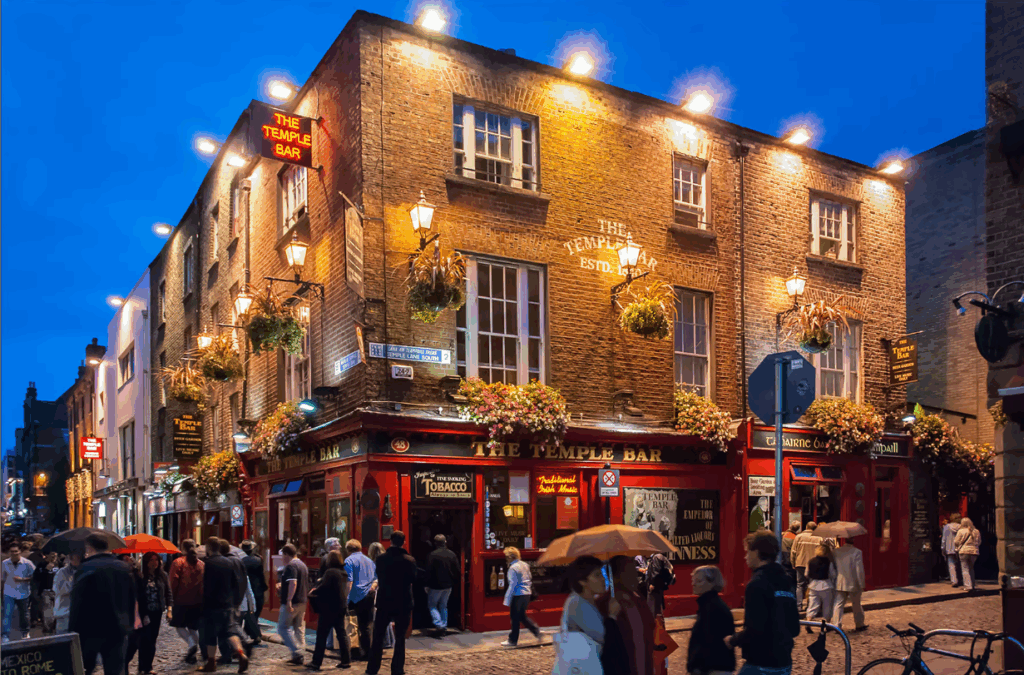
Temple Bar represents the heart of Dublin’s cultural and nightlife scene. This cobblestone district sits along the southern banks of the River Liffey and has attracted visitors since the mid-1990s.
While famous for its traditional pubs and live music venues, Temple Bar offers much more than nighttime entertainment. The area combines historic charm with modern attractions, creating a unique blend of old and new Dublin.
During the day, visitors can browse vintage shops and independent boutiques that line the narrow streets. The Icon Walk features street art and cultural installations that tell stories of Irish history and modern life.
Love Lane displays colorful rainbow walls that have become popular photo spots for tourists. The area also hosts the Temple Bar Food Market, where local vendors sell fresh produce, artisanal foods, and traditional Irish specialties.
Cultural attractions include Photo Museum Ireland and the Irish Film Institute, which screens both mainstream and independent films.
Live music venues throughout the district offer everything from traditional Irish sessions to contemporary performances.
The Auld Dubliner and Oliver St. John Gogarty host some of the best-known traditional music sessions. These venues often feature music that continues late into the night, capturing the authentic Irish pub experience that draws visitors from around the world.
8. The Science Gallery
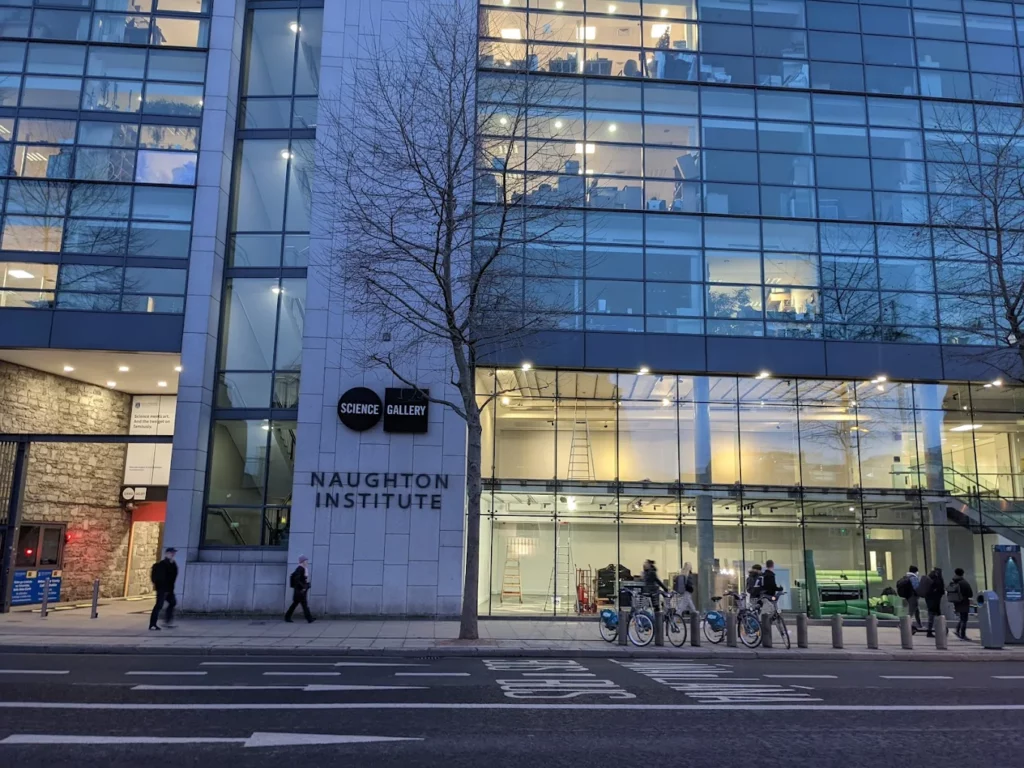
The Science Gallery creates an exciting meeting point where science and art come together in unexpected ways.
Located on Trinity College’s campus, this innovative space attracts young visitors and curious minds of all ages. The gallery completely changes its exhibitions every few months, ensuring that repeat visits always offer fresh experiences.
This approach means no permanent collection exists, but rather a constantly evolving showcase of scientific concepts presented through artistic expression.
The gallery spans two floors of interactive exhibition space. Visitors can engage with hands-on displays that encourage touching, experimenting, and active participation. The tactile elements make complex scientific ideas understandable to people without technical backgrounds.
Launch parties for new exhibitions create vibrant social events that bring together artists, scientists, and the general public. These gatherings reflect the gallery’s mission to make science approachable and exciting.
Free entry makes the Science Gallery an attractive option for budget-conscious travelers and families.
The interactive nature of exhibitions provides excellent learning opportunities for children and adults alike. The college campus setting adds energy and intellectual atmosphere to visits.
Plan your visit around exhibitions by checking the gallery’s website, as themes range from technology and medicine to environmental science and space exploration.
9. Phoenix Park
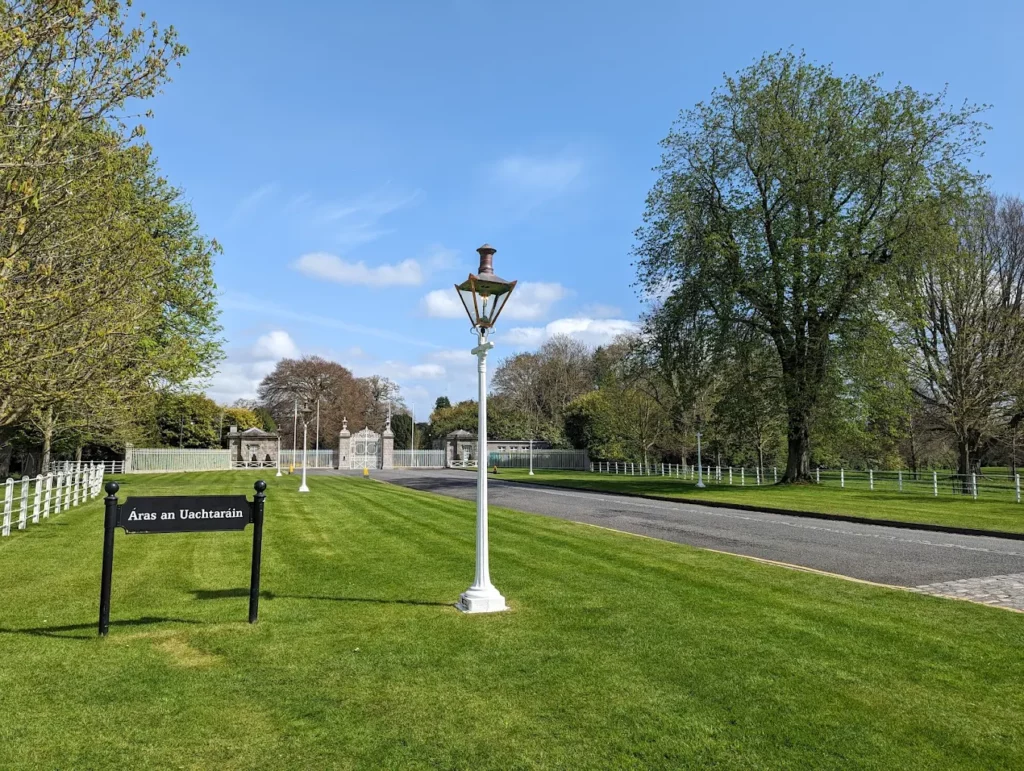
Phoenix Park claims the title of Europe’s largest enclosed urban park, covering an impressive 1,750 acres. Located just three kilometers from Dublin’s city center, the park provides a massive green space for recreation and wildlife conservation.
The park sits north of the River Liffey and offers year-round activities for visitors of all ages. Its size allows for multiple attractions and activities within a single location, making it perfect for full-day visits.
Wildlife thrives throughout the park in protected natural habitats. Visitors often spot deer roaming freely across the grasslands, creating magical encounters with native Irish fauna.
The park’s commitment to conservation ensures these animals live in environments that closely resemble their natural homes.
Walking and cycling paths wind through different sections, allowing visitors to explore at their own pace while enjoying fresh air and exercise.
Major attractions within and around Phoenix Park include Dublin Zoo, which houses animals from around the world in modern facilities. Ashtown Castle provides historical context with its medieval architecture and visitor center.
Also, there is Wellington Monument that stands as one of Europe’s tallest obelisks, honoring the Duke of Wellington. The President’s House serves as the official residence of Ireland’s president, while Farmleigh House offers tours of its elegant rooms and gardens.
Each attraction adds cultural and historical depth to the natural beauty of this remarkable urban park.
10. Grafton Street
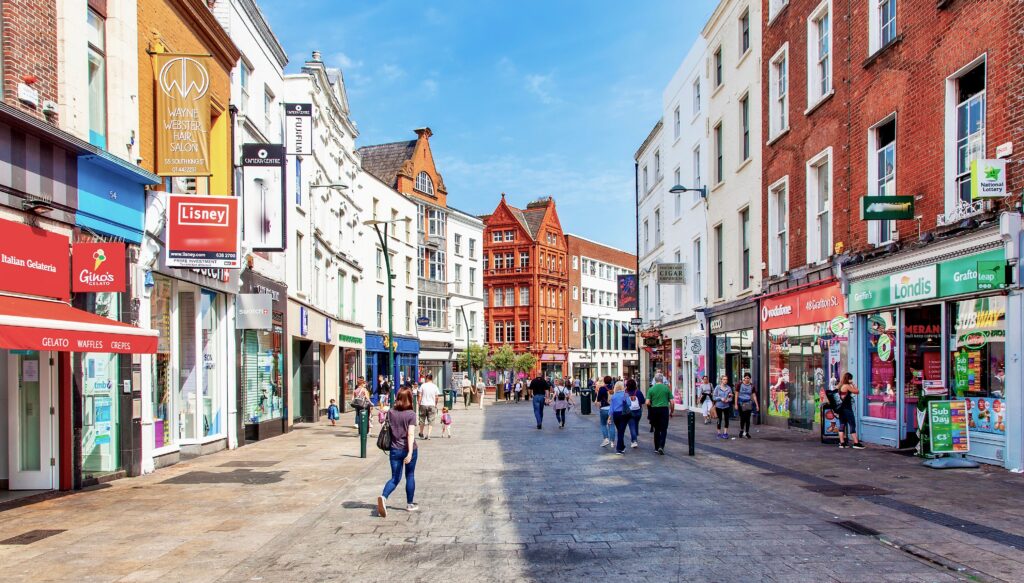
Grafton Street serves as Dublin’s premier shopping destination, stretching between Trinity College and St. Stephen’s Green.
This pedestrian-friendly street combines international retail chains with local Irish brands, creating diverse shopping opportunities for every budget.
The central location makes it easily accessible from most Dublin hotels and attractions. Street performers regularly entertain shoppers with music, magic shows, and other acts that add vibrant energy to the shopping experience.
The street attracts both tourists and locals looking for everything from high-end fashion to traditional Irish souvenirs.
Department stores and boutique shops line both sides of the street, while side streets offer additional shopping and dining options.
Moreover, pubs and restaurants provide rest stops between shopping sessions, with many establishments featuring traditional Irish music and cuisine. The area maintains a young and lively atmosphere throughout the day and evening hours.
Bewley’s Oriental Café stands as a historic landmark on Grafton Street, serving coffee and meals since 1927. This iconic establishment features beautiful stained glass windows and period décor that transport visitors back to Dublin’s early 20th century.

